Assumptions in engineering can be expensive. Many firms believe their drive systems are already optimised, but this belief could be silently undermining performance. Drive technology is critical to how modern factories and facilities run, yet even tiny faults can result in decreased output or increased energy costs. Let’s explore where things go wrong and how to avoid the traps.
Believing One Drive Fits All Applications
It’s easy to assume that a single setup can serve every machine, but this quickly leads to mismatched specifications. For example, while employing a larger drive may appear safe, it can result in needless energy usage. Under-sizing, on the other hand, risks frequent breakdowns. Each motor requires a tailored approach, not a blanket solution.
Overlooking System Integration
Drive systems cannot be treated as standalone units. They must integrate seamlessly with PLCs, sensors, and control software. If integration is weak, performance gaps appear. Signals may lag or misfire, leaving the system inefficient. The complexity demands careful planning rather than treating drives as plug-and-play devices.
Treating Energy Losses as Inevitable
Some managers accept energy loss as part of the process. This mindset limits savings that could be captured through better tuning. Optimised drive technology can achieve measurable reductions in energy use. Small tweaks such as adjusting acceleration profiles or re-evaluating cooling methods may deliver surprising returns.
Misunderstanding AC Servo Drive Capabilities
The AC servo drive is sometimes treated as a luxury rather than a necessity. In reality, it delivers the precision needed in robotics, conveyors, and automated assembly lines. Without servo drives, accuracy suffers, and production lines waste time correcting mistakes. A failure to recognise their role can slow operations in subtle but costly ways.
Ignoring the Role of Load Variation
Machines rarely operate at one steady rate. Load conditions change throughout a work cycle, and failure to account for this means drives work harder than needed. Here is where a variable speed drive shines. By adjusting speed to match the load, these drives cut waste and protect equipment from undue stress. Overlooking this flexibility leads directly to rising costs.
Running Without Maintenance Cycles
Even advanced systems require regular checks. Drives collect dust, sensors drift, and cables wear. Ignoring preventive maintenance risks sudden downtime. Scheduling inspections ensures drives operate within tolerance and protects investments from early failure. Neglect here is equivalent to gambling with production schedules.
Assuming Default Settings Are Enough
Drives arrive with factory presets, but those are rarely optimised for every application. Leaving them unchanged means missed opportunities for efficiency. Parameters such as torque limits, ramp times, and communication protocols should be tailored. Taking the time to fine-tune can produce significant gains over the long term.
Overcomplicating the Control Setup
Adding too many control layers can make troubleshooting a nightmare. Simpler setups with clear logic reduce the risk of human error and system confusion. Engineers must strike a balance between sophistication and usability. Complexity is not proof of quality; clarity drives reliability.
Forgetting to Train Operators
Operators are often the first to spot unusual noises or performance dips, but only if they know what to look for. Training ensures they can recognise signs of drive stress and report issues early. A well-informed operator base is as critical as technical upgrades.
Neglecting the Impact of Heat
Heat is the quiet killer of drives. Without proper ventilation or cooling, even the most advanced variable speed drive can degrade quickly. Engineers must design systems that keep thermal loads in check, from choosing the right enclosures to planning airflow. Treating heat as an afterthought shortens drive lifespan.
Believing drives can be left alone after installation is risky. From ignoring load variations to overlooking the precision of an AC servo drive, these missteps accumulate into reduced efficiency and mounting costs. The lesson is simple: treat drive technology as a living system that needs careful selection, integration, and attention. When managed well, drives extend machine life, save energy, and keep production lines consistent.
Contact YT Automation to discuss solutions tailored for your systems.

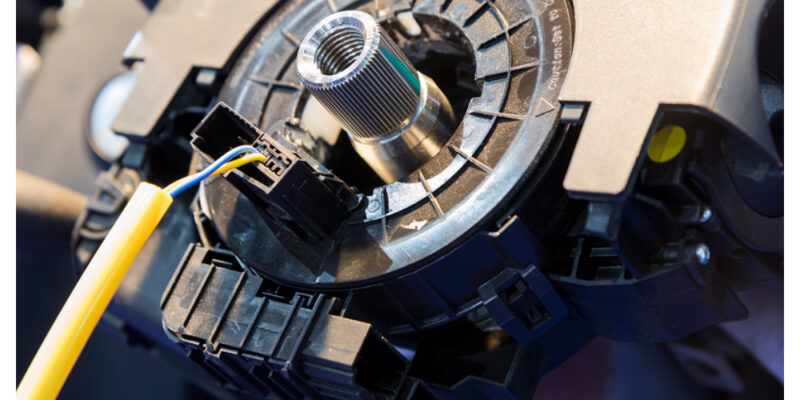

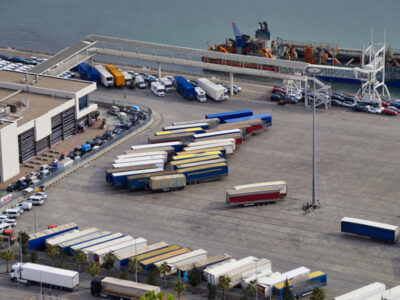
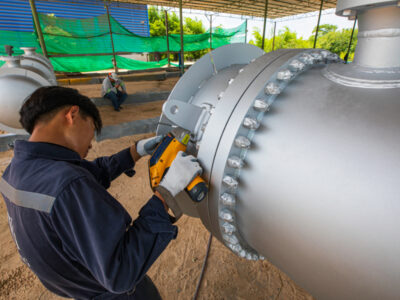
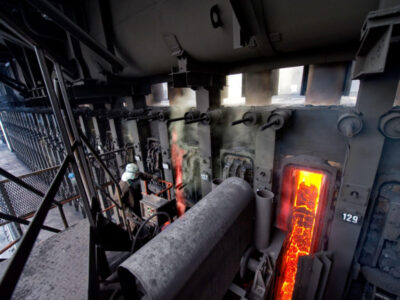



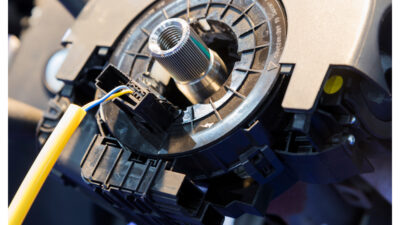
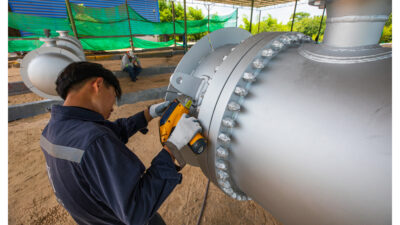
Comments